When a French artist started producing remarkable sculptures that weren’t in line with conventional academic ideals in the 19th century, he transformed the world of sculpture forever.
Auguste Rodin (1840-1917) was met with fierce criticism when he first exhibited his modern sculptures. He gradually managed to convince even his staunchest critics by the turn of the century.
If you want to admire some of his most famous works, then you should head over to a magnificent mansion in Paris referred to as the “Musée Rodin.”
Let’s take a closer look at some of the most interesting facts about this popular museum that is home to some of his ultimate masterpieces.
1. It’s located in the 7th arrondissement in central Paris
The Musée Rodin is a museum dedicated to the works of Auguste Rodin, a French artist who is considered to be the founding father of modern sculpture.
The museum is located at 77 rue de Varenne which is in the 7th arrondissement of Paris, a central district in France’s capital.
This is a popular location in Paris because just to the west you can find the immense military complex called “Les Invalides.” The golden dome of its church dominates the skyline in this part of the city.
The most famous structure in the city, the Eiffel Tower, is located a bit further to the west, and the amazing Musée d’Orsay with its amazing collection of paintings is at a similar distance to the northeast.
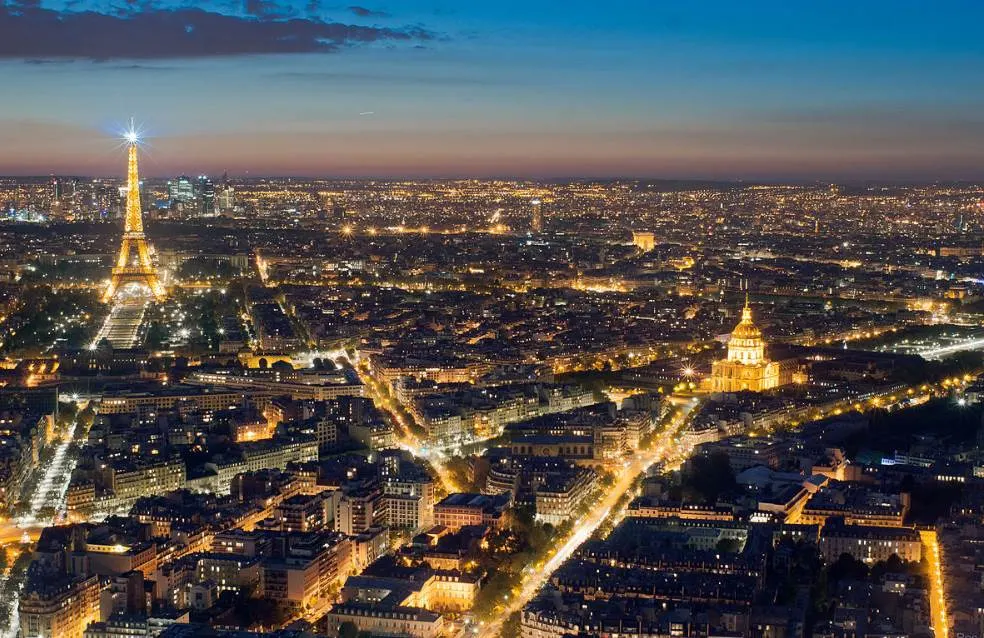
2. The museum is housed inside a magnificent 18th-century mansion
The mansion in which the museum is housed is known as the “Hôtel Biron.” This is a so-called “hôtel particular,” a large townhouse and not a hotel as its name would suggest.

The original name was the “Hôtel Peyrenc-de-Moras,” a reference to the French banker Abraham Peyrenc de Moras (1684-1732) who commissioned it in the 17th century.
It was completed just a year before the man passed away and was situated on the outskirts of Paris at the time.
It’s a fine example of Rococo architecture and especially its interior decorations featuring carved wooden panels are the epitome of this flamboyant 18th-century style.
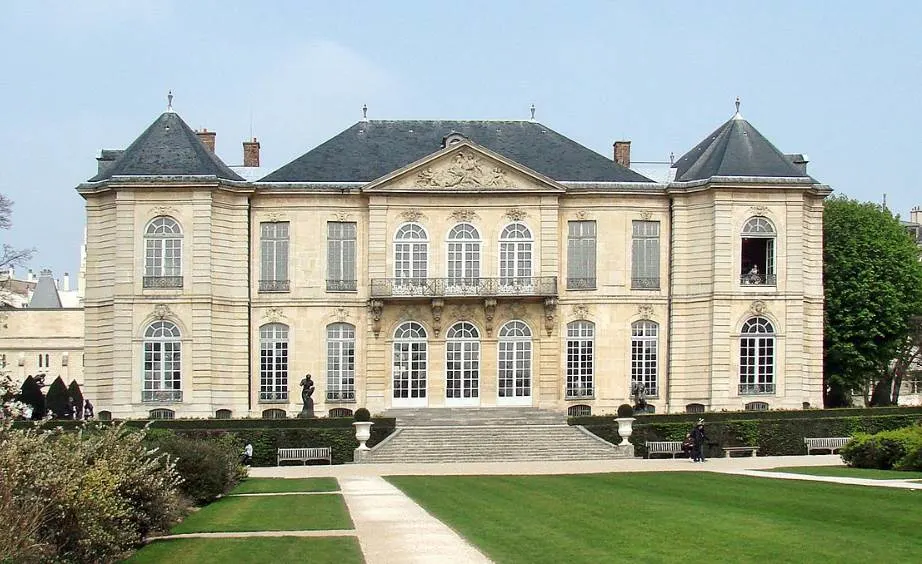
3. Rodin used it as a studio while he lived in a mansion just outside of Paris
Auguste Rodin lived at the Villa des Brillants at Meudon, Hauts-de-Seine, another mansion in a neighborhood just southwest of Paris.
He started renting rooms on the lower floor of the Hôtel Biron in the year 1908 and transformed these into his studio.
Yes, the artist made a good living from his sculptures at the time and managed to use this opulent 18th-century mansion as his workplace.
Today, both the Hôtel Biron and the Villa des Brillants at Meudon are part of the Musée Rodin and both hold a collection of sculptures produced by the artist.

4. The museum is home to several of Rodin’s most famous works
The collection of the Musée Rodin is quite incredible. At both locations, you can admire over 6,600 sculptures, 8,000 drawings, 8,000 old photographs, and over so-called 7,000 “objets d’art.”
Auguste Rodin wasn’t only a sculptor but also an avid collector. He owned several Post-Impressionist paintings by some of the greatest artists in history, including Claude Monet, Pierre-Auguste Renoir, and Vincent van Gogh.
His final wish was that both the Hôtel Biron and the Villa des Brilliants were transformed into museums to house his most famous sculptures and collection of artworks. In return, he bequeathed the entire collection to the French state.
This means that you can admire works such as “The Thinker,” “The Gates of Hell,” and “The Kiss” at the Musée Roding today!
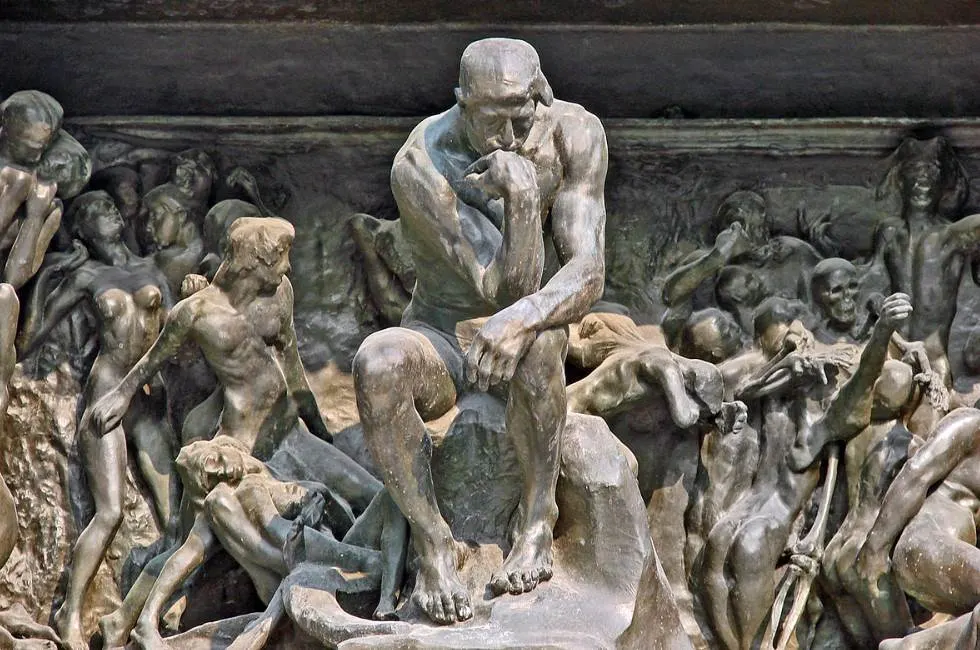
5. Many of the sculptures are on display in the museum’s fascinating garden
One of the most interesting facts about the Musée Rodin is that it’s surrounded by an amazing garden that covers an area of approximately 3 hectares (7.3 acres).
This garden was referred to as “one of the wonders of Paris” by 18th-century visitors and little has changed today.
It’s decorated with sculptures produced by Auguste Rodin in an amazing landscapes garden that was completely remodeled to its current design in 1993.
It’s hard to imagine a better place to spend a relaxing afternoon in a world of nature and art in central Paris, don’t you think?
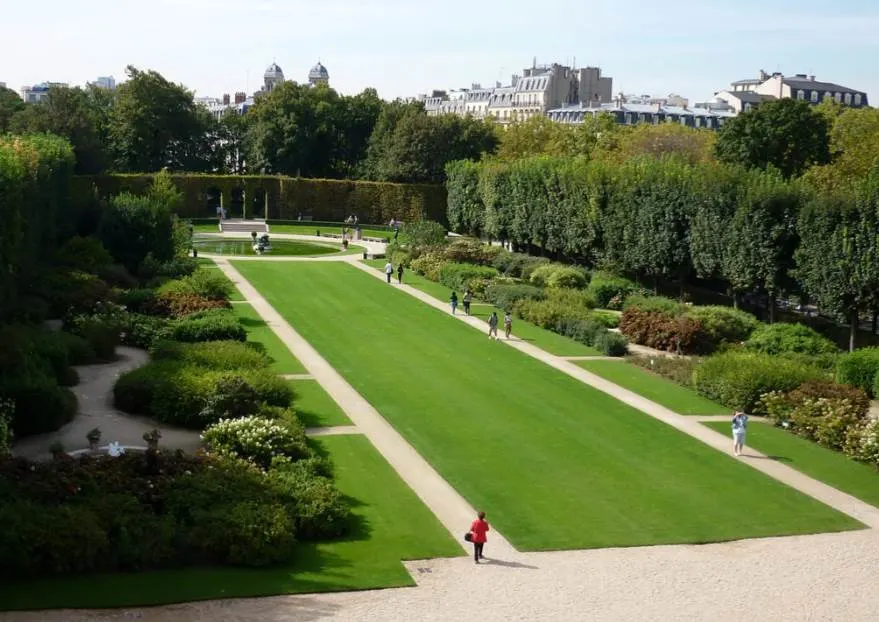
More interesting facts about the Musée Rodin
6. The Musée Rodin is one of the most popular tourist attractions in Paris. That’s quite remarkable because the city is full of amazing museums, yet, over 700,000 people want to admire Rodin’s sculptures every year.
7. The two museums in and near Paris aren’t the only museums dedicated to the sculptures of Auguste Rodin. There’s a Rodin Museum in Philadelphia as well, just near the Philadelphia Museum of Art.
The latter is one of the most popular museums in the United States and features an incredible collection of paintings.
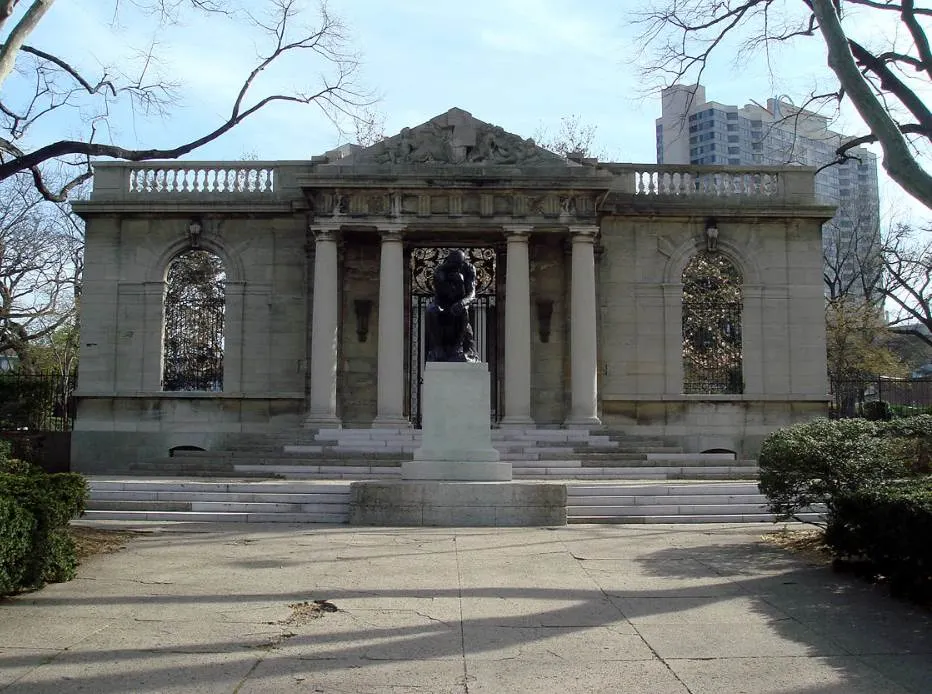
8. The art collection of Auguste Rodin wasn’t limited to paintings created by famous 19th-century artists. He also collected ancient works that were produced in Egypt, Greece, Rome, and even the Far East. His collection size consisted of over 6,000 objects by the time he passed away in 1917.
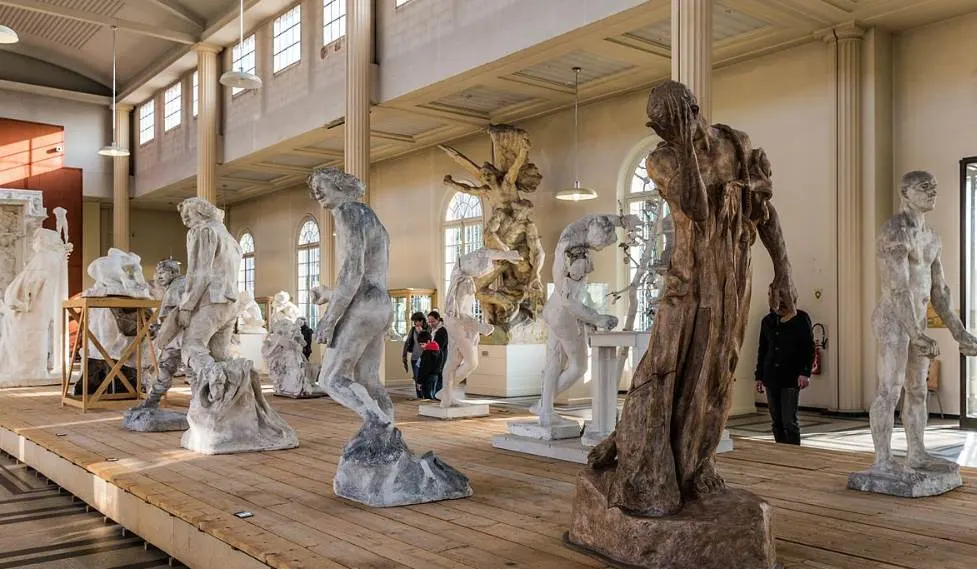
9. Apart from its permanent collection of sculptures and other artworks, the museum is also frequently used for temporary art exhibitions. The first exhibition was the “Salon de la Jeune Sculpture” and took place in 1949.

10. The museum also features sculptures of one of Rodin’s most renowned pupils, a woman named Camille Claudel (1864-1943). She started her apprenticeship under Rodin as early as 1883 and was a lifelong companion of the artist.
Although she never managed to reach the success of her master Rodin during her lifetime, her works are held in extremely high regard by contemporary art critics. You can admire her most famous sculptures inside the Camille Claudel room of the Musée Rodin in Paris.

